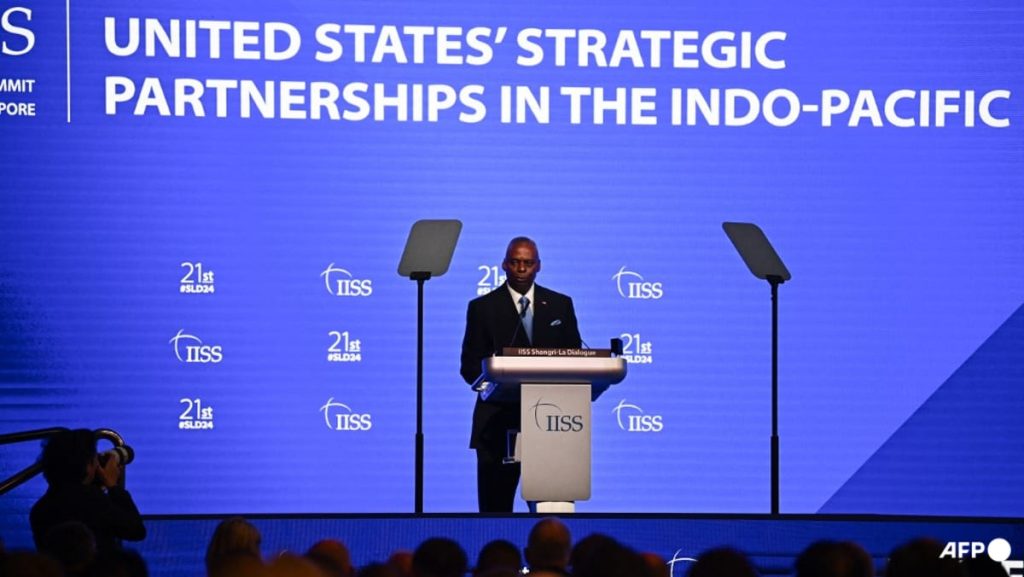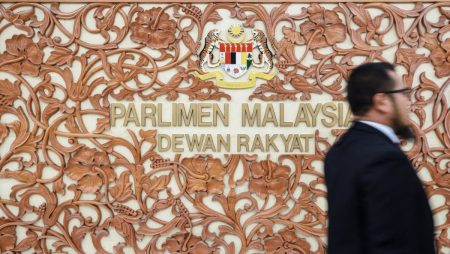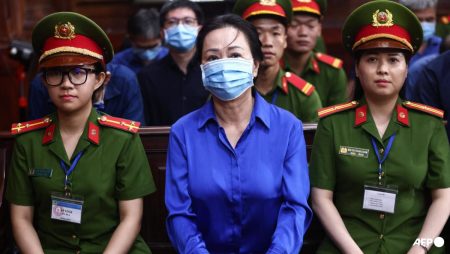The Shangri-La Dialogue, a gathering of defense officials from around the world, has become a key indicator of the relationship between the United States and China. This year’s event took place shortly after China conducted military exercises near Taiwan and issued warnings of war over the US-supported island following the inauguration of Taiwan’s President Lai Ching-te, who Beijing has labeled a “dangerous separatist”. The Taiwan issue remains a contentious point in US-China relations.
US Defense Secretary Austin had his first in-depth meeting in 18 months with his Chinese counterpart Dong Jun during the summit. China cut off military communications with the US in 2022 after then-US House Speaker Nancy Pelosi visited Taiwan. Strained relations between the two countries were further inflamed by various incidents, such as the shooting down of an alleged Chinese spy balloon over US airspace, a meeting between Taiwan’s ex-president Tsai Ing-wen and Pelosi’s successor Kevin McCarthy, and American military assistance to Taiwan.
The meeting between Austin and Dong provided hope for increased military discussions that could aid in preventing potential flashpoints from escalating. Austin stated that the US and China would resume military communications “in the coming months”, with Beijing acknowledging the importance of maintaining stable security relations between the two countries. Austin emphasized his willingness to engage with Dong in urgent situations, declaring, “if he calls me on an urgent matter, I will answer the phone,” and expressing hope that Dong would reciprocate the gesture.
The summit served as a platform for the exchange of views on various security issues affecting the region, including maritime disputes, territorial claims in the South China Sea, and potential conflict scenarios involving Taiwan. The lack of direct communication between US and Chinese military officials had hindered efforts to address these concerns in the past, making the resumption of military-to-military communication a significant step towards easing tensions and promoting stability in the region.
Despite the challenging nature of the US-China relationship, both countries expressed a commitment to maintaining open lines of communication to address security issues and prevent misunderstandings that could lead to conflict. The willingness of Defense Secretary Austin to engage in direct dialogue with his Chinese counterpart demonstrates a proactive approach to managing differences and fostering a constructive relationship. By emphasizing the importance of building trust and engaging in dialogue, the US and China aim to avoid miscalculations and de-escalate potential crises in the region.
Overall, the dialogue at the Shangri-La summit reflects the complexities and sensitivities of US-China relations and the challenges of managing security issues in the Asia-Pacific region. The commitment to resuming military-to-military communication and the willingness of both sides to engage in dialogue offer a ray of hope for future cooperation and understanding between the United States and China. By maintaining open lines of communication and a spirit of cooperation, the two countries can work towards building a more stable and secure environment in the region.













